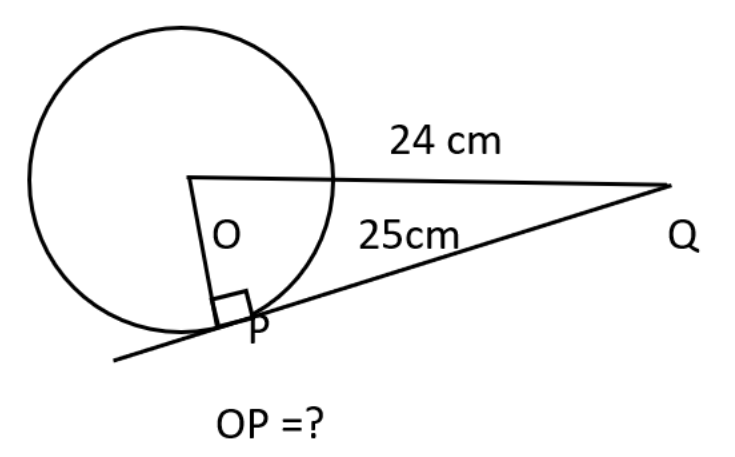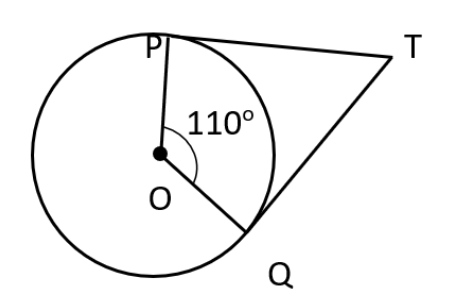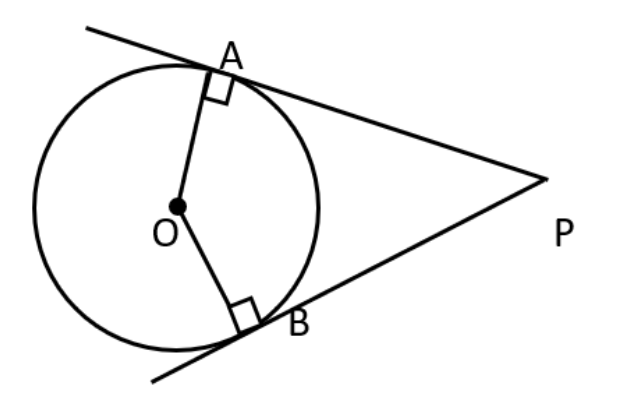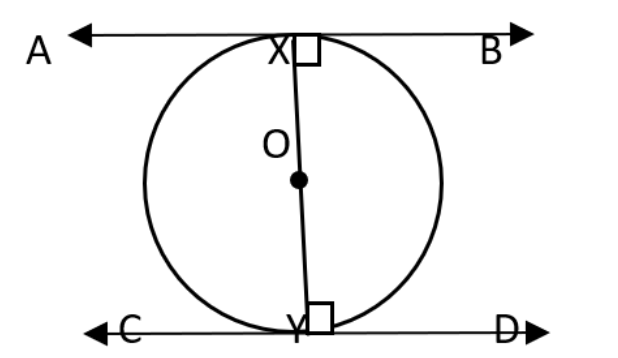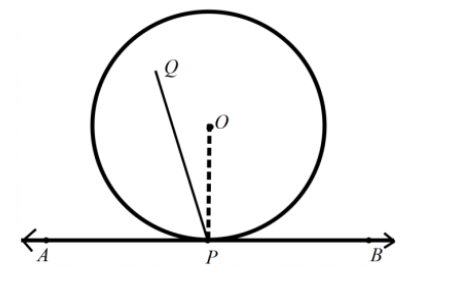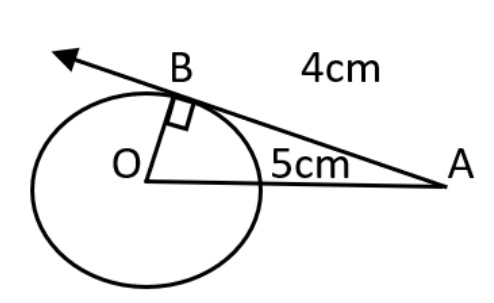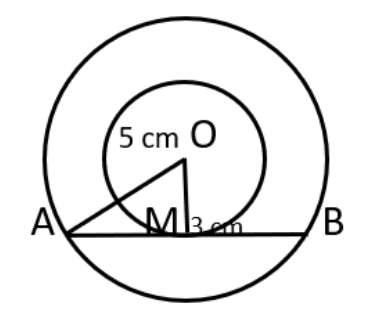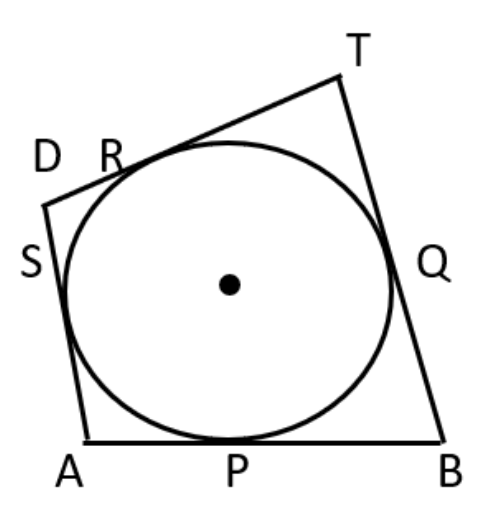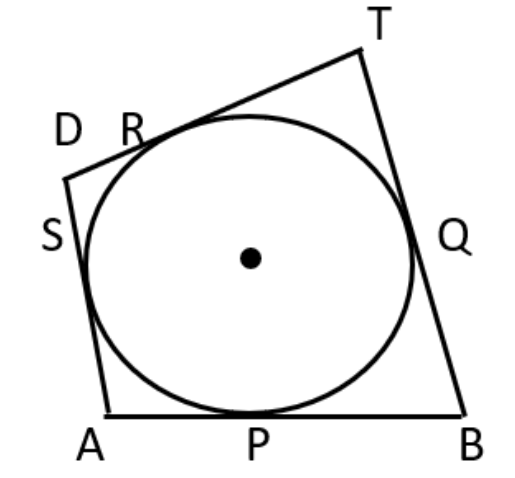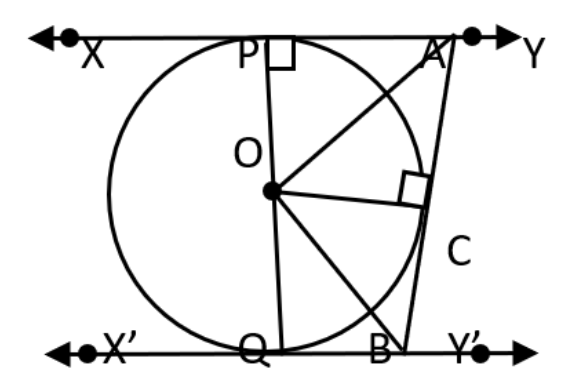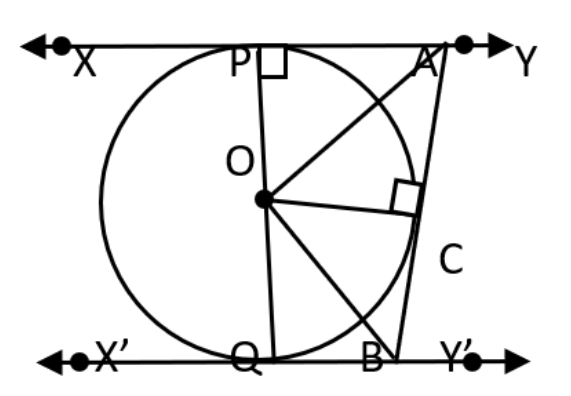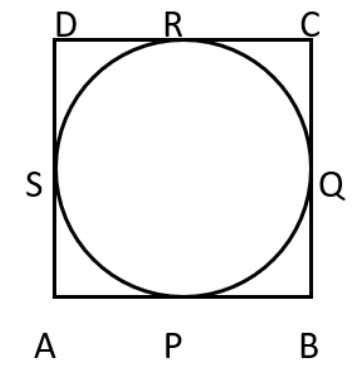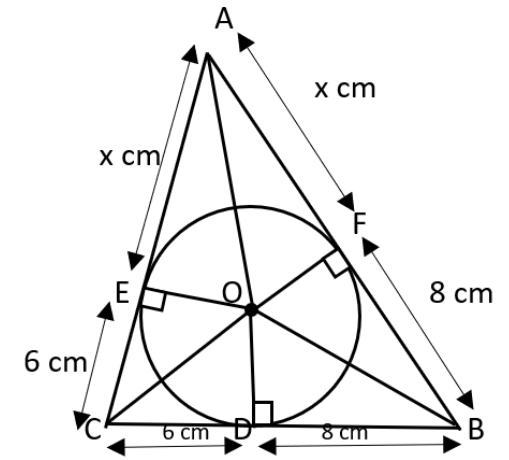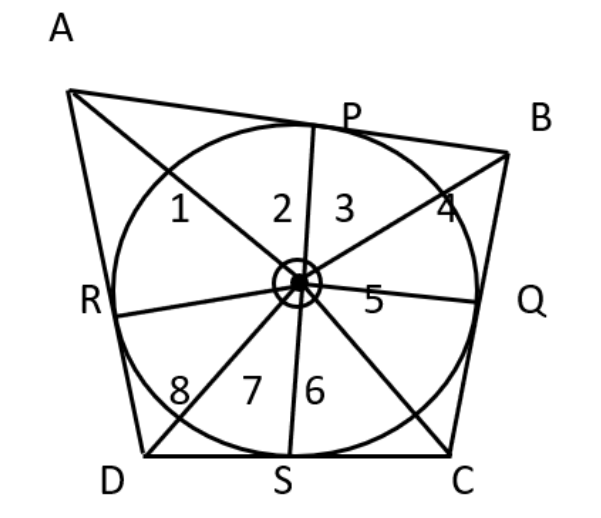Solved NCERT Questions For Class 10 Maths Chapter 10 In Hindi - Free PDF
NCERT Solutions For Class 10 Maths Chapter 10 Circles in Hindi - 2025-26
FAQs on NCERT Solutions For Class 10 Maths Chapter 10 Circles in Hindi - 2025-26
1. Define circle and tangent to a circle in Chapter 10 of Class 10 Maths?
There can be three possibilities of the line with the circle; that the line will be non-intersecting, line touching the circle and the third point is that the line has two common points which means the line cuts the circle. The tangent of a circle is the line that touches the circle at a single point. It has to be noted that for every point on the circle there is a specific tangent.
2. What are points to be noted to draw a tangent of the circle?
The following points are to be noted to draw a tangent of a circle -
We cannot draw any tangent from the point lying inside the circle.
There can be only one tangent drawn from the point lying on the circle.
There can be two tangents drawn from the exterior point of a circle.
These definitions and rules have to be learnt properly and also practiced nicely to get the proper hold of the topic.
3. What are the topics learnt in Chapter 10 of Class 10 Maths?
The Chapter 10 Circle of Class 10 Maths is very interesting. This chapter is an introduction chapter and the students will learn everything about circles, diameter, radius, tangents, secants, and theorems connected with these. These topics need thorough revision and students should practice till they get the concepts clear. Maths is a subject that cannot be memorized. The level of perfection can be only through practice.
4. How can the NCERT solutions of Vedantu help in the preparation of the chapter?
Since this is an introduction to the chapter, initially some students might take some time to understand the concepts and the theorems. Along with the textbook, you can refer to NCERT Solutions for Class 10 by Vedantu, which will be your best guide. You can practice various questions. This chapter has been explained very thoroughly in a simple way. The solutions are prepared by the experts so one can rely on them and start their board preparation with full confidence. The solutions can be availed for free both in Hindi and English and can be practised by visiting the w̱ebsite and Vedantu’s mobile app.
5. What are the number of tangents that can be drawn from a given external point?
From an exterior point to a given circle, two tangents can be drawn. The complete solution and explanation of the theorem is provided on Vedantu. The explanation is given in such an easy manner and crafted by experts that students will be able to grasp it easily. Right from important definitions to solutions and important questions, everything is available at Vedantu.




















 Watch Video
Watch Video






